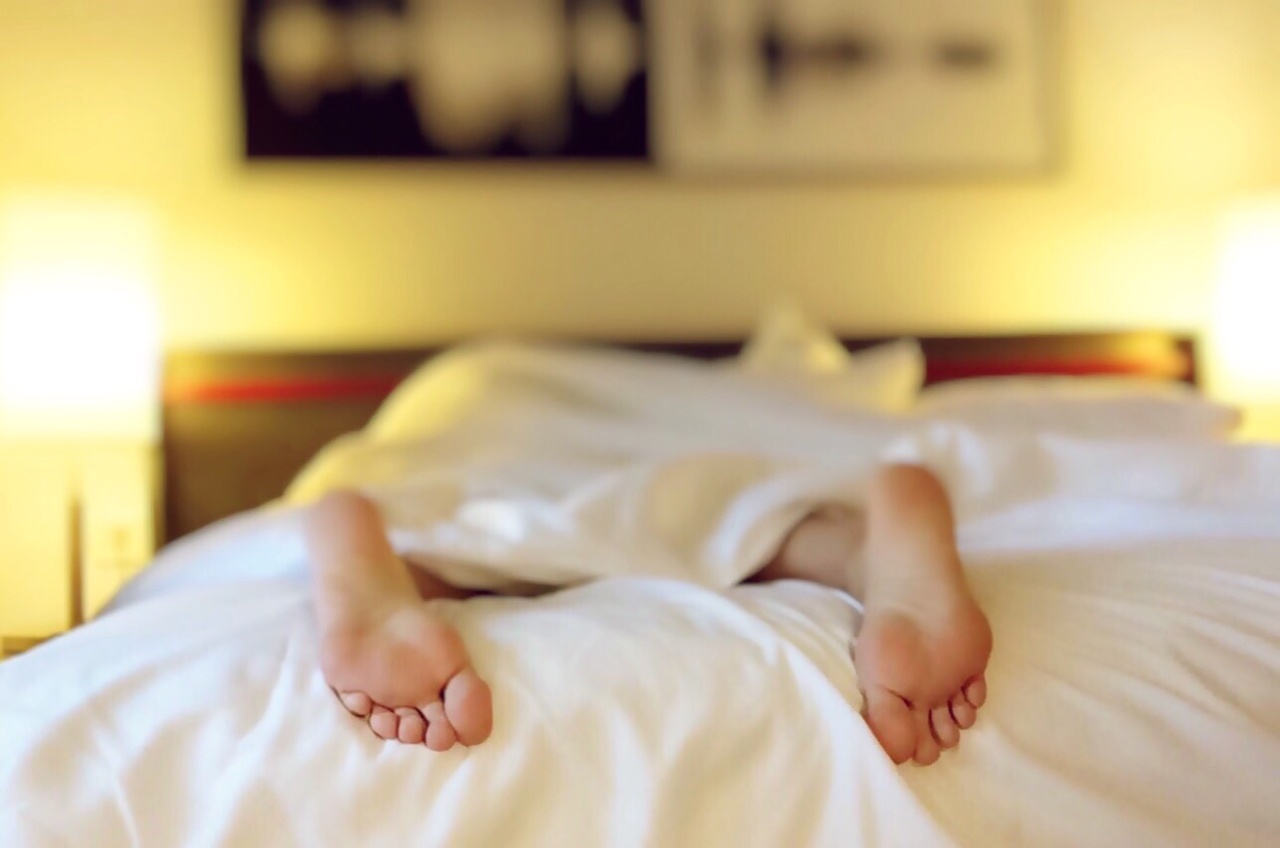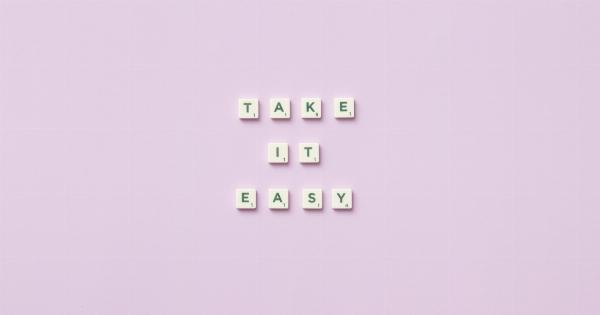When you find yourself overwhelmed with stress and in need of instant relaxation, deep breathing exercises can work wonders.
By focusing on your breath and taking slow, deep inhalations and exhalations, you can calm your nervous system, lower your heart rate, and reduce feelings of anxiety.
2. Progressive Muscle Relaxation
Progressive muscle relaxation is a technique that involves systematically tensing and releasing different muscle groups in your body to promote relaxation.
By consciously tensing and then relaxing muscles, starting from your toes and working your way up to your head, you can release any built-up tension and achieve a state of deep relaxation.
3. Guided Imagery
Guided imagery is a powerful technique that uses visualization to create a calming and peaceful state.
By mentally picturing yourself in a serene and tranquil setting, such as a beach or a lush forest, you can transport your mind to a more peaceful state and reduce stress. You can find numerous guided imagery scripts or recordings online or create your own by describing a peaceful scene in vivid detail.
4. Mindfulness Meditation
Mindfulness meditation involves focusing your attention on the present moment, without judgment. By bringing awareness to your thoughts, feelings, and bodily sensations in a non-reactive way, you can cultivate a sense of calm and reduce stress.
Practicing mindfulness meditation regularly can also improve your overall well-being and resilience to stress.
5. Physical Activity
Engaging in physical activity, such as going for a walk or doing a workout, is a great way to instantly reduce stress and promote relaxation.
Exercise releases endorphins, which are known as “feel-good” hormones, and helps to clear your mind and distract you from stressors. Whether it’s a brisk walk in nature or a high-intensity workout, find a physical activity that you enjoy and incorporate it into your routine as a stress-relieving practice.
Conclusion
When stress strikes, it’s important to have effective techniques in your toolbox to help you relax and find relief.
By incorporating deep breathing exercises, progressive muscle relaxation, guided imagery, mindfulness meditation, and physical activity into your daily routine, you can proactively manage stress and experience instant relaxation. Experiment with these stress-busting techniques and discover which ones work best for you. Remember, taking care of your mental and emotional well-being is essential for a healthier and happier life.































